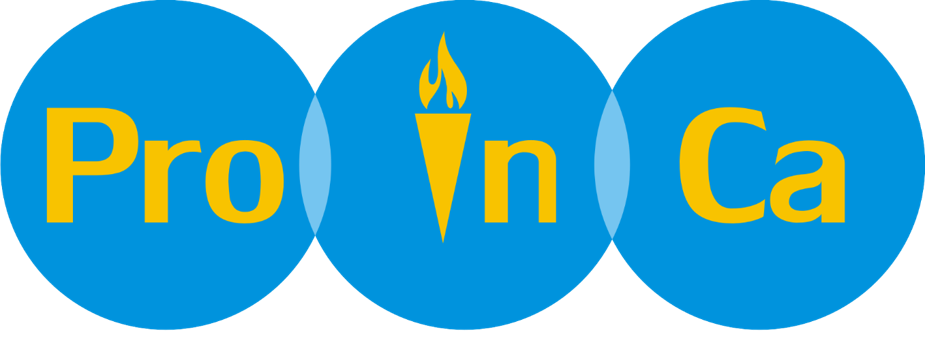Advancing Evidence-Based Nursing in Finland
Novemember 2018
In October, the ProInCa partners from Medical Universities visited Helsinki University Hospital (HUS), which is the largest and most advanced hospital in Finland. As the 2nd largest employer in the country it has 24 328 employees from which 54.5 per cent are nursing staff. The hospital systematically strives for the Magnet Hospital® status.
To reach the status of Magnet Hospital®, HUS actively collaborates with the Nursing Research Foundation (NRF) and uses, for example, the evidence-based clinical guidelines. During the visit, development Manager Paula Tanni gave a concrete presentation of the activities and implementation of evidence-based nursing at HUS. The hospital uses nursing sensitive empirical outcome indicators for monthly reporting, such as patient falls and pressure injuries. Furthermore, risk assessment and prevention protocols are used to prevent them.

Paula Tanni giving presentation to ProInCa participants.
During the visit, Heidi Parisod, PhD, Researcher from NRF (http://www.hotus.fi/hotus-en/introduction) gave a presentation on “Nursing Research Foundation’s national and international role and support structures”. NRF is a non-profit research and development organization that promotes effectiveness of nursing by developing evidence-based practices in accordance with national and international policies. It also coordinates the development of clinical practice guidelines for nursing on a national level. NRF co-operates nationally with several partners, such as: organizations that provide health care services and education, universities and research organizations, professional and patient associations. NRF hosts two international collaboration centers, The Finnish Centre for Evidence-Based Health Care: A Joanna Briggs Institute Centre of Excellence, and WHO Collaborating Centre for Nursing.

Heidi Parisod and EBP
The National Research Foundation provides support structures for evidence-based practice in three forms. Firstly, evidence generation and synthesis by the creation of evidence-based clinical guidelines, for example Efficient methods for identifying child maltreatment in social and health care , Pressure ulcer prevention and identification in adult patient care and Breastfeeding support for mothers and families during pregnancy and birth and after (see http://www.hotus.fi/hotus-en/clinical-guidelines), systematic reviews and evidence summaries. Secondly, evidence transfer in form of publications, events and lectures, as well as informing (e.g. via social media). Thirdly, evidence implementation by structures (see http://www.hotus.fi/hotus-en/evidence-based-operational-models) and procedures, projects and specialist services.

During the visit, project partners also visited the new children’s hospital, where the best care in the world is given. The hospital is a forerunner in demanding therapies. It was a privilege to be acquainted with a hospital, which takes into account the child and the family in all that exists and functions.

Author
Johanna Heikkilä, Senior Advisor
JAMK University of Applied Sciences
Finland


